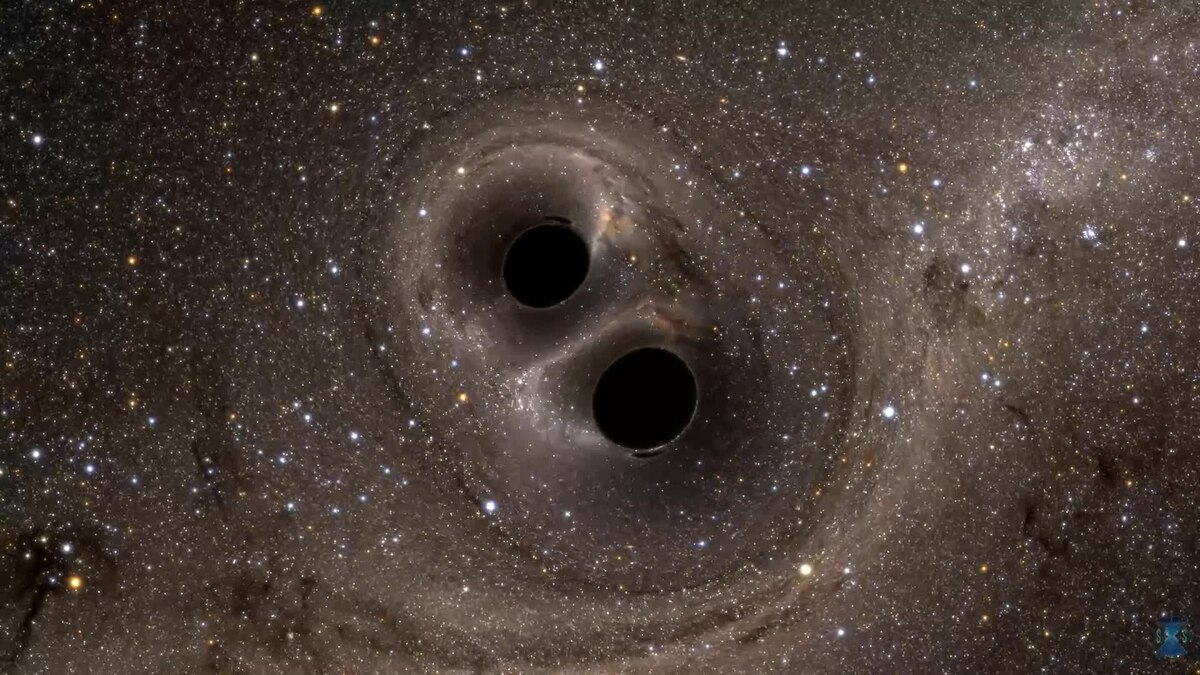The Power of Space and Time: How Spatial and Temporal Structures Can Replace Computational Effort
Spatial structures determine the ways we perceive our environment and the ways we act in it in important ways. Spatial structures
also determine the ways we think about our environment and how we
solve spatial problems abstractly.
When we use graphics to visualize certain aspects of spatial and non-spatial entities, we exploit the power of
spatial structures to better understand important relationships. We also
are able to imagine spatial structures and to apply mental operations
to them. Similarly, the structure of time determines the course of events
in cognitive processing. In my talk I will present knowledge representation research in spatial cognition.
I will demonstrate the power of spatial
structures in comparison to formal descriptions that are conventionally
used for spatial problem solving in computer science. I suggest that spatial and temporal structures can be exploited for the design of powerful
spatial computers. I will show that spatial computers can be particularly
suitable and efficient for spatio-temporal problem solving but may also
be used for abstract problem solving in non-spatial domains.
Intention recognition can be defined as the problem of inferring an agent’s
intention through the observation of its actions. This problem has been faced in
several fields of human-robot collaboration [1]. In robotics, intention recognition
has been addressed in many contexts like social interaction [2] and learning by
imitation


No comments: